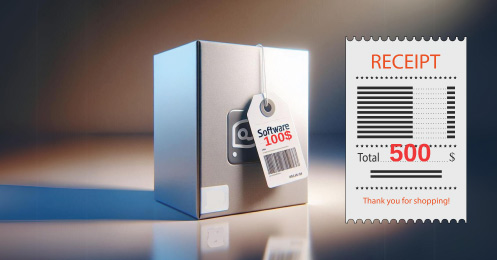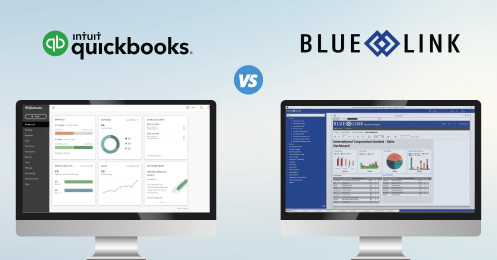The way in which a wholesale/distribution business manages its inventory has a direct and critical impact on its overall success and long-term viability. Although this may seem rather obvious, the number of businesses who remain tied to outdated means for inventory management suggest that it's a more foreign notion than one would imagine. Successful business owners understand that inventory represents their livelihood and its importance should never be underestimated or undervalued. Traditional methods for managing inventory, such as pen/paper or spreadsheets, can still be viable options for smaller start-up businesses, or businesses who hold very small amounts of inventory. However, as those businesses begin to grow and expand their offerings, the redundancies and manual processes involved start to become too cumbersome to manage efficiently.
For many growing businesses, the next logical step is implementing an ERP system that encompasses the appropriate inventory management tools to support that growth. By implementing an inventory management system into your business, you are adding a new dimension: the ability to track inventory throughout the entire distribution chain, from receipt to invoice.
Receiving Inventory
Inventory management software allows users to scan products at the receiving dock using verification scanners to immediately identify and record the product on arrival. This will record what items were received followed by what bin and shelf number the product was allocated to. Once a product is scanned at the warehouse, the quantity received gets recorded in the back-end accounting system for comparison against a given purchase order, thus ensuring accuracy and identifying any discrepancies immediately.
Inventory Control
Proper software will conveniently allow access to inventory information utilizing user-friendly search capabilities. Information on products in stock, on backorder, location in warehouse, products ready to be picked as well as descriptions, categories, pricing and images are all readily available. Being able to link a particular group of products to the receipt or original purchase order is another important capability. The ability to perform cycle inventory counts is another feature which allows users to pull up-to-date information on specific sub-sets of products in a defined location on a specific day.
Order Entry & Picking
To further streamline warehouse operations, inventory software has the ability to itemize all products to be picked and print concurrent picking slips. It can also generate specific details regarding an employee’s optimal path throughout a warehouse in order to ensure the quickest and most efficient route possible based on bin and shelf locations. Once a product is ready to be packed, an employee is able to scan the individual items for verification prior to packing to ensure accuracy. In addition, if during the picking process an item was not available on the shelf, the user can also look up details on that particular item and override in real time to pick the same product from a different location.
These three processes, inherent in an effective inventory management system, highlight how imperative it is to account for your inventory at all levels of the supply chain. If you neglect to do so, your company may encounter certain difficulties and growing pains. One specific area that can become a cause for concern relates to employee theft. The National Retail Federation estimates that employee theft accounts for roughly 44% of all inventory shrinkage for retailers in the USA, amounting to $15 billion annually. Employee theft is an incredibly difficult topic to broach, as your employees are the beating heart of your company and performance is tied directly to their productivity. Unfortunately, as your company grows so too does the number of opportunities for inventory theft. Traditional security measures (such as cameras) can assist in catching employee theft; however, you are merely being reactive rather than proactive.
In a recent study conducted by SoftwareAdvice.com, a consultancy that reviews inventory management systems, it was found that 15% of employees whose companies utilize inventory management software admit to stealing from the workplace compared to 22% of employees at companies using other means (pen/paper, office software, etc.). One of the main reasons for this lower proportion relates specifically to the ability of those companies to track inventory throughout the entire supply chain. Being able to account for every unit of inventory using an inventory management system acts as a natural deterrent to employee theft. Our hope is that your employees don’t need any extra motivation to not steal from the company; nonetheless, this still represents one of the many benefits of implementing an ERP system with the appropriate inventory management capabilities.










